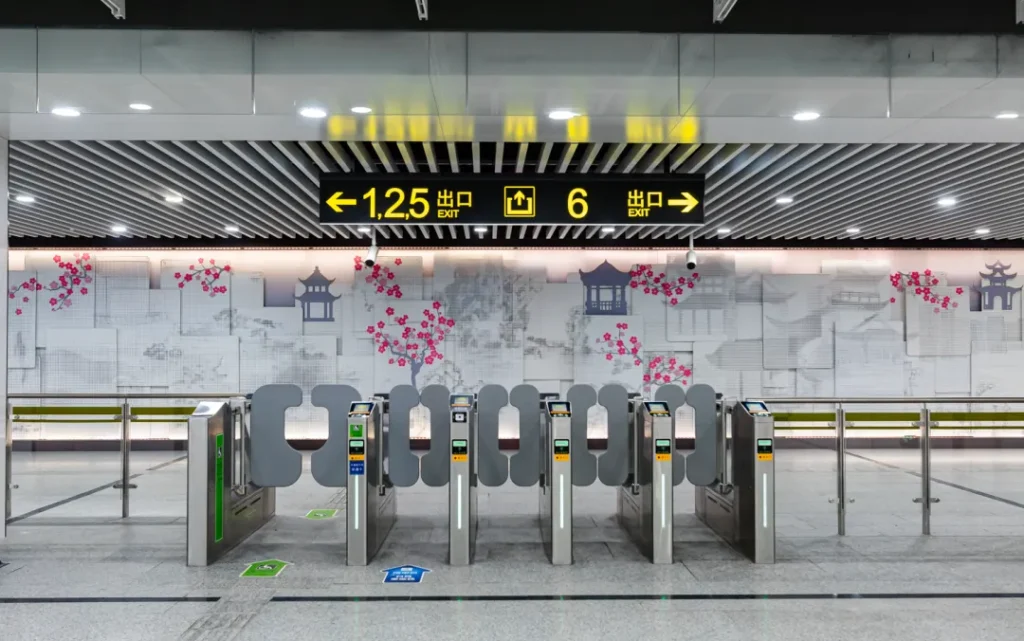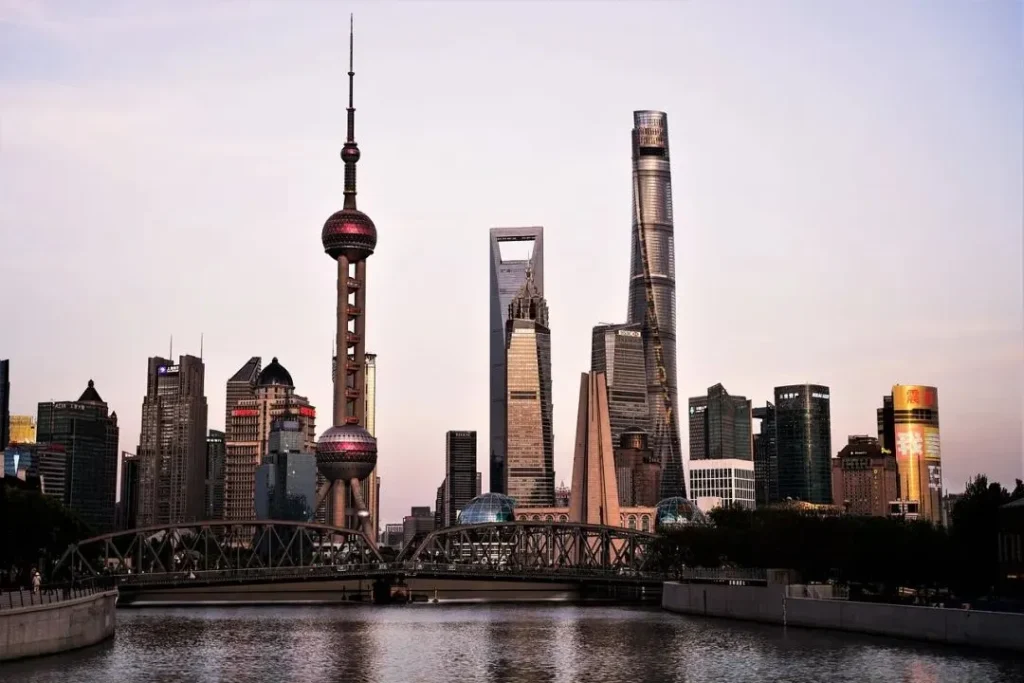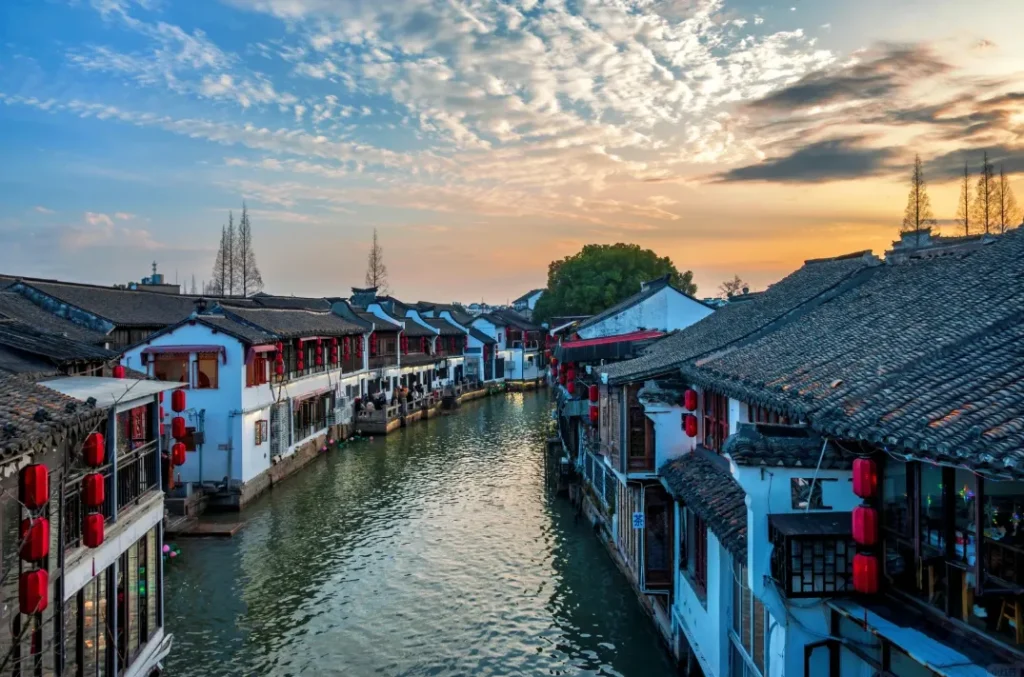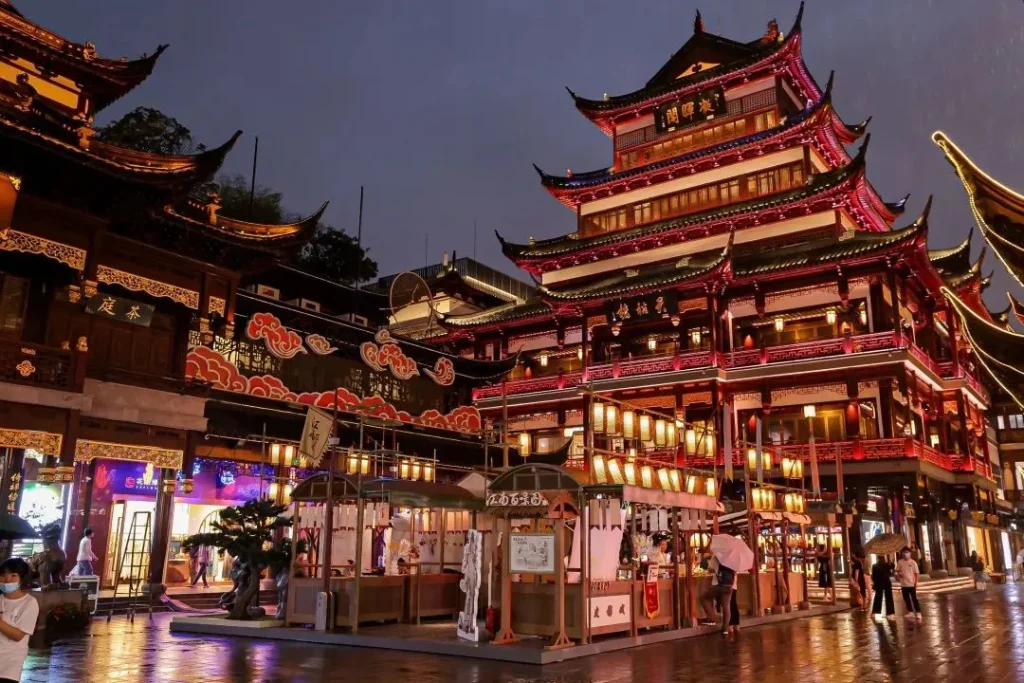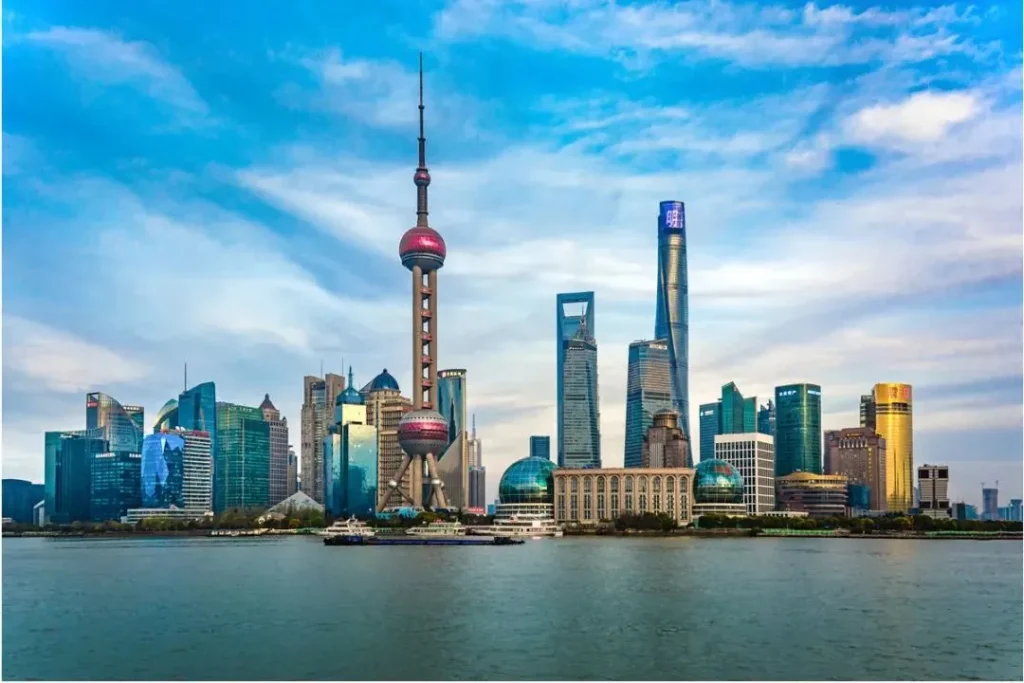Welcome to Shanghai! As a bustling international metropolis, Shanghai boasts a highly developed and diverse public transportation system. If you’re visiting Shanghai for the first time, figuring out how to get around efficiently is key, especially when there are so many things to do in Shanghai. This guide will walk you through Shanghai’s transportation options, including public transit, airport connections, mobile payment solutions, and tips for overcoming language barriers, all to help you navigate this amazing city with ease.
An Overview of Shanghai’s Public Transportation
Shanghai’s public transport is well-known for its convenience and extensive coverage, mainly including the metro, buses, ferries, and taxis. Understanding how these work will make your trip much smoother as you explore Shanghai.
Metro System: Shanghai’s “Golden Lines” for Travel
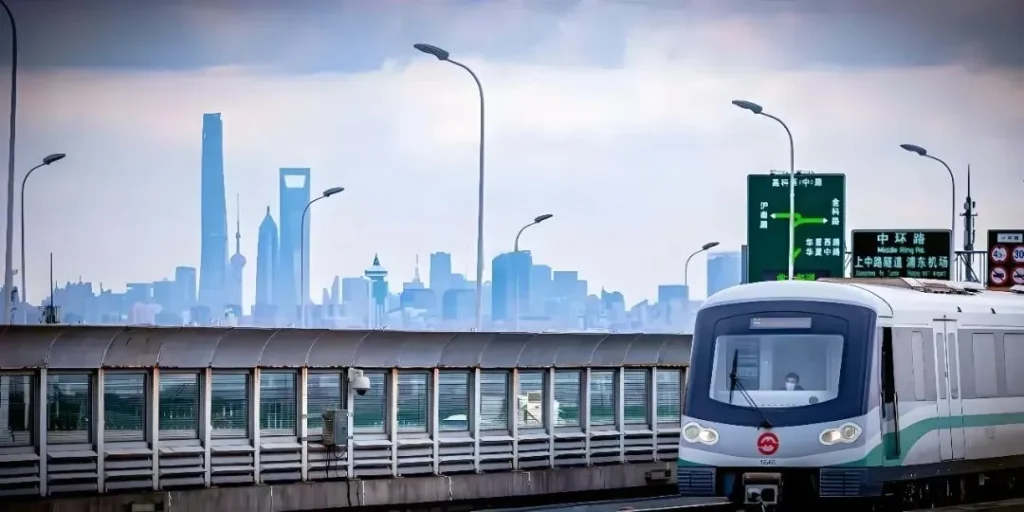
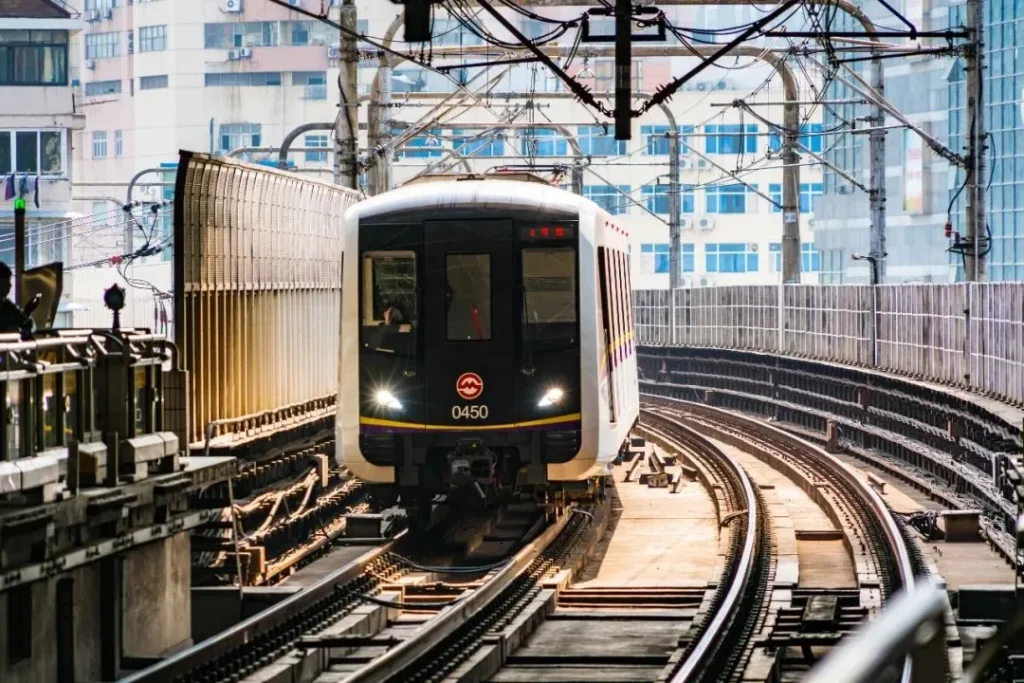
Shanghai’s metro is the most convenient and commonly used mode of transport in the city, and it’s one of the world’s longest metro systems by operational mileage. Currently, there are over 15 lines covering most areas and tourist attractions in Shanghai, making it the top choice for visitors.
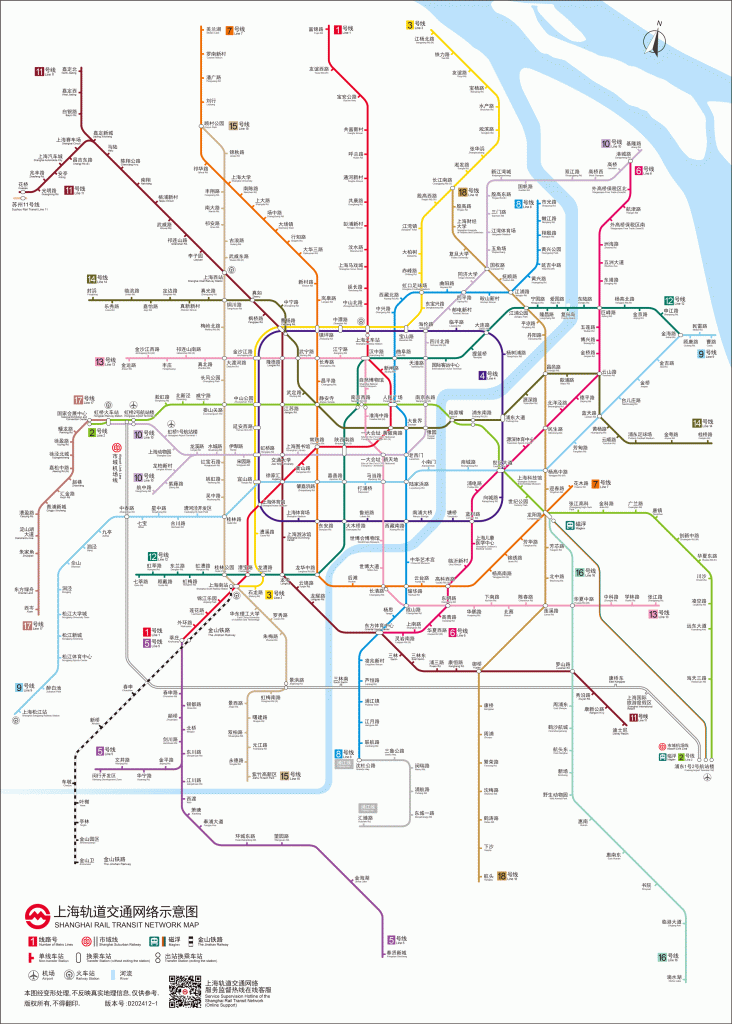
Metro trains usually run from around 5:30 AM to 11:30 PM, though specific times can vary by line and station. Carriages have clear signs in both Chinese and English, which is handy for international tourists. A heads-up: it gets extremely crowded during morning (7:30-9:00 AM) and evening (5:30-7:30 PM) rush hours, so it’s best to avoid traveling then if you can.
Bus System: The City’s “Capillaries”
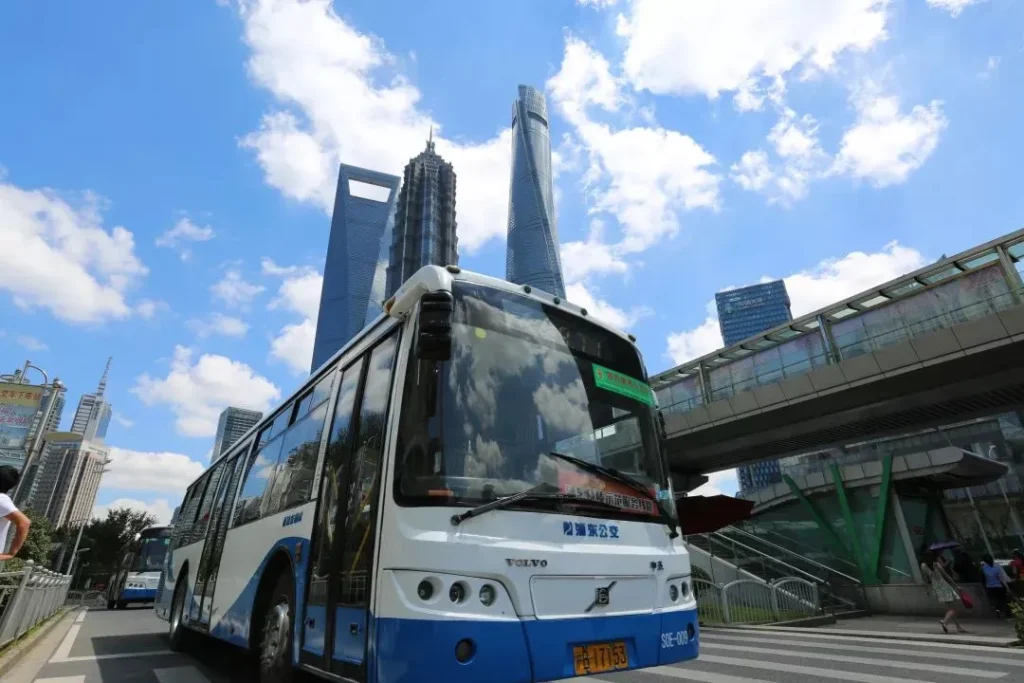
Shanghai’s bus system is a great supplement to the metro network, reaching many areas the metro doesn’t directly serve. Buses usually have clear route signs and stop announcements, and some are equipped with electronic screens showing the next stop. Fares are based on distance, and most routes accept transportation cards or mobile payments, though cash is also generally accepted.
Ferry System: Crossing the Huangpu River
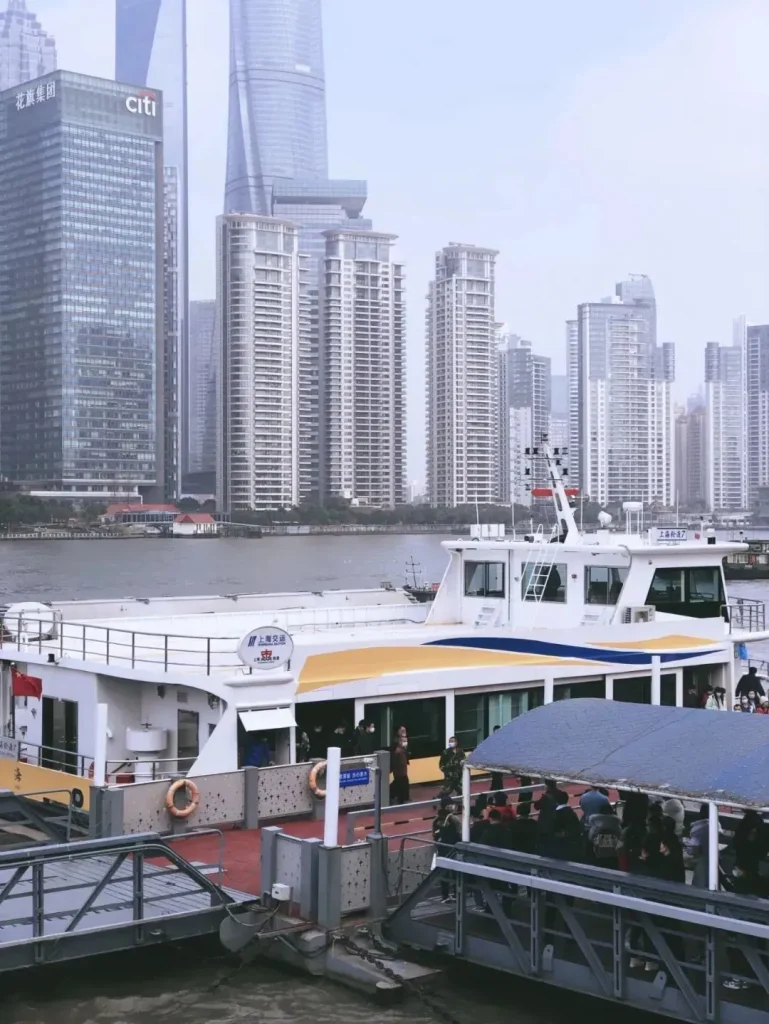
Shanghai’s ferries mainly connect the two banks of the Huangpu River (黄浦江) and are an economical way to enjoy river views while crossing. They typically operate from around 6:00 AM to 10:00 PM, and tickets are very cheap, usually just 1 or 2 RMB. Taking a ferry isn’t just practical; it’s also a great way to experience Shanghai’s unique water culture.
Other Special Transport: Maglev Train and Trams
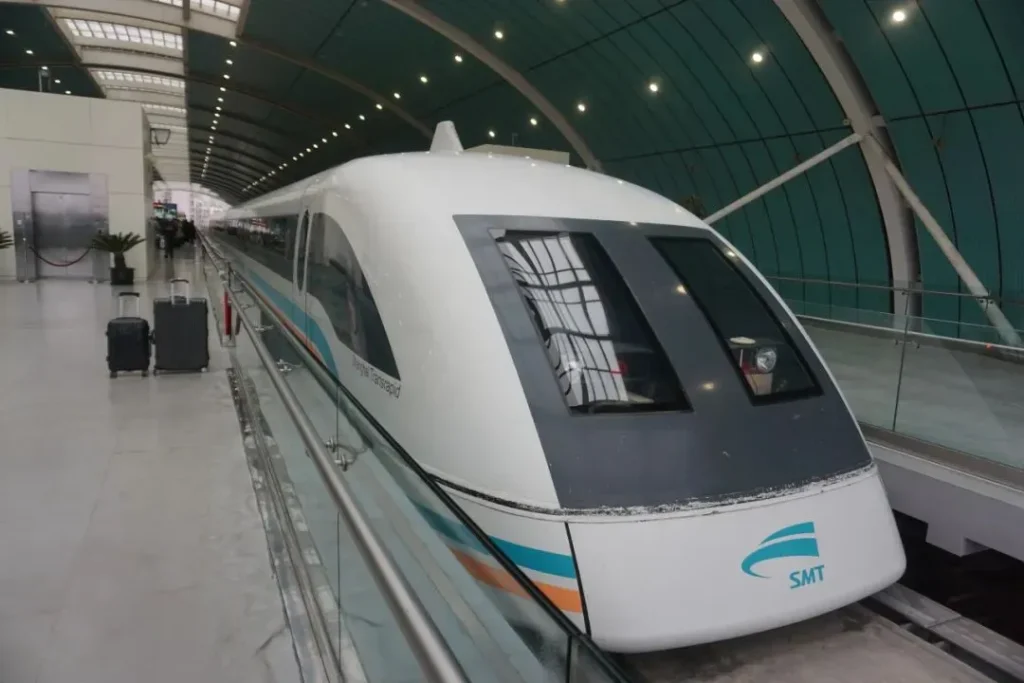
The Shanghai Maglev Train is the world’s first commercial high-speed maglev line, connecting Pudong International Airport (PVG airport) to the city center. It can reach speeds of up to 430 km/h (267 mph), making it a super-fast option for getting downtown. Additionally, Shanghai has several tram lines, like the T1 and T2 lines in the Lingang New Area (临港新片区), offering a unique way to travel in specific zones.
Transportation Cards and Tickets for Tourists
Shanghai’s transport system offers several convenient payment options for overseas visitors.
Shanghai Public Transportation Card: Travel Freely
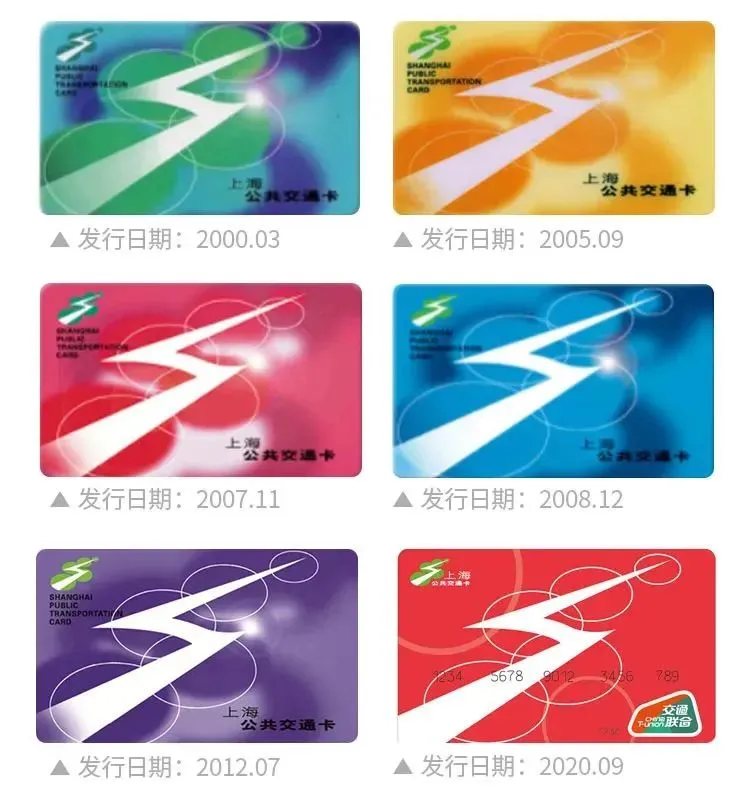
The Shanghai Public Transportation Card (上海公共交通卡) is the main payment tool for tourists using public transport. A standard card requires a 20 RMB refundable deposit. You can top up the card at numerous points citywide, including metro stations, bus hubs, and some convenience stores.
These cards come in five colors (green, yellow, red, blue, purple) and all work on the city’s public transport. There’s also a special “City Tourist Card” (都市旅游卡), an upgraded version that’s even more convenient to use.
One-Day, Three-Day, and Seven-Day Passes: Economical Choices for Tourists
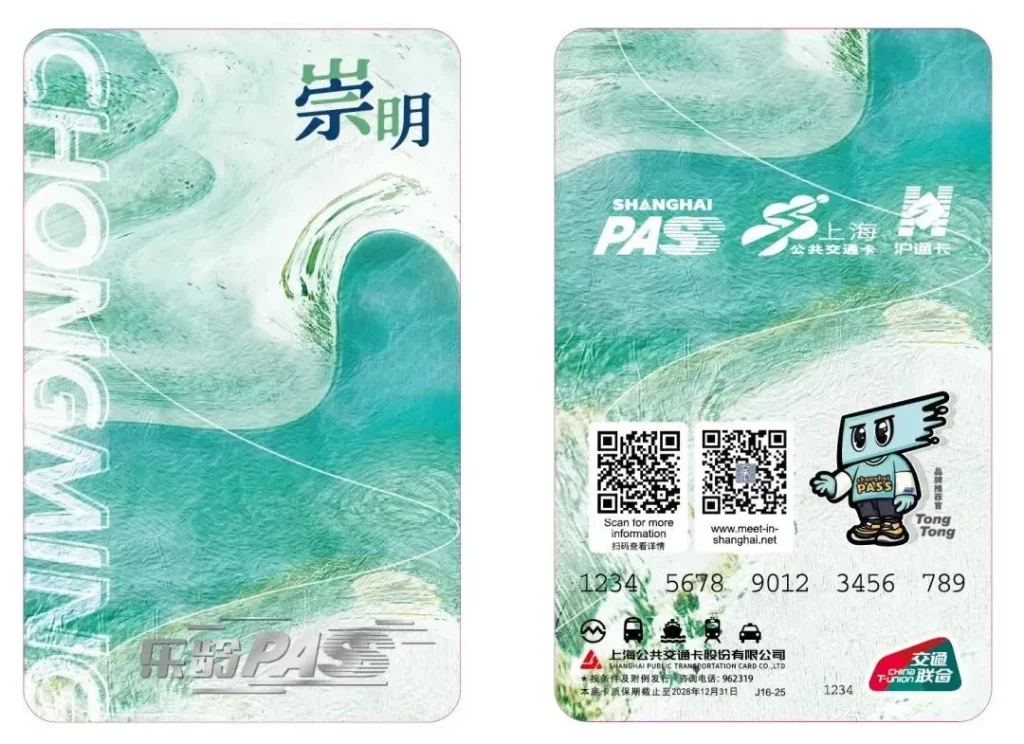
Shanghai recently introduced three-day (47.8 RMB) and seven-day (85.8 RMB) passes. These allow unlimited rides on Shanghai’s buses, metro, and ferries within the specified period, perfect for tourists planning a multi-day stay.
These passes are physical cards and can be bought at metro stations and some designated retail spots. They’re not only cost-effective but also save you the hassle of buying a ticket every time you travel – ideal for overseas visitors.
Mobile Payments: Quick and Easy

Shanghai supports various mobile payment methods like Alipay (支付宝), WeChat Pay (微信支付), and UnionPay QuickPass (云闪付). Foreign tourists can conveniently use their overseas e-wallets for mobile payments. Alipay and WeChat Pay have increased the single transaction limit for foreigners using mobile payments to 5,000 and the annual cumulative limit to 50,000.
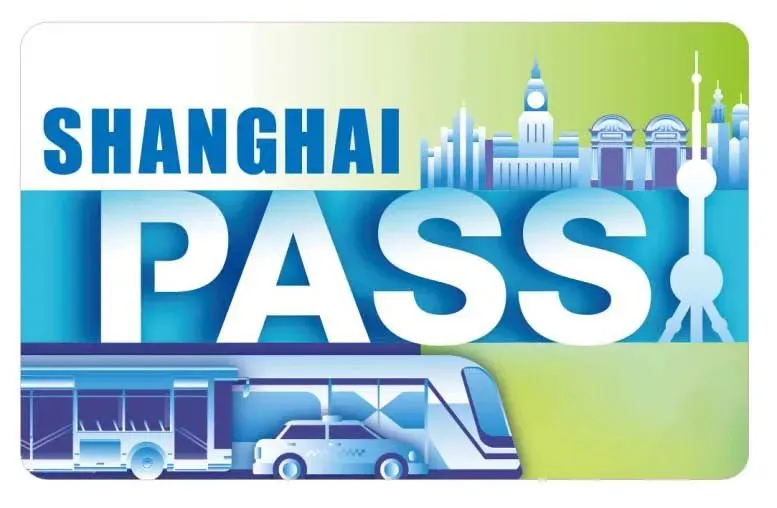
Additionally, Shanghai has launched the “Shanghai Pass” (上海都市旅游卡/Shanghai Pass) tourist card. It’s anonymous, non-refundable if lost, and cannot be cashed out, with a maximum stored value of 1,000 RMB. This card is specifically designed for foreign tourists and is very easy to use.
Getting to Shanghai’s Main Tourist Attractions
Shanghai has many famous attractions, all easily accessible thanks to the extensive metro and bus networks.
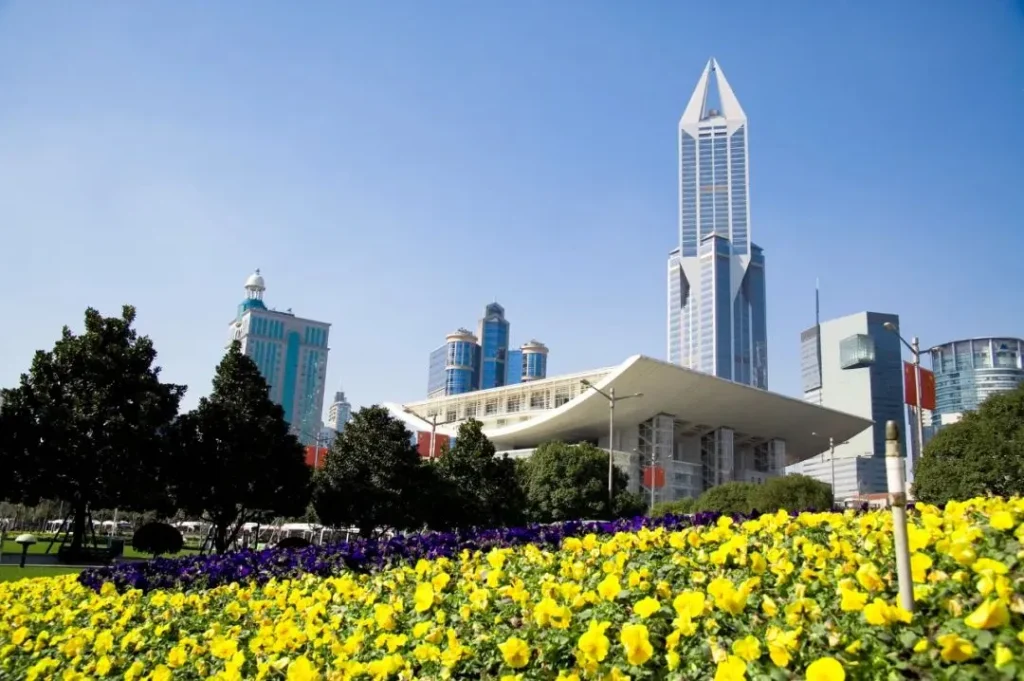
People’s Square and Surroundings
People’s Square (人民广场) is a major transportation hub and landmark, where Metro Lines 1, 2, 8, and 10 intersect. Around the square, you’ll find cultural venues like the Shanghai Museum (上海博物馆) and the Grand Theatre (上海大剧院). Just take Metro Line 1, 2, or 8 to “People’s Square Station.”
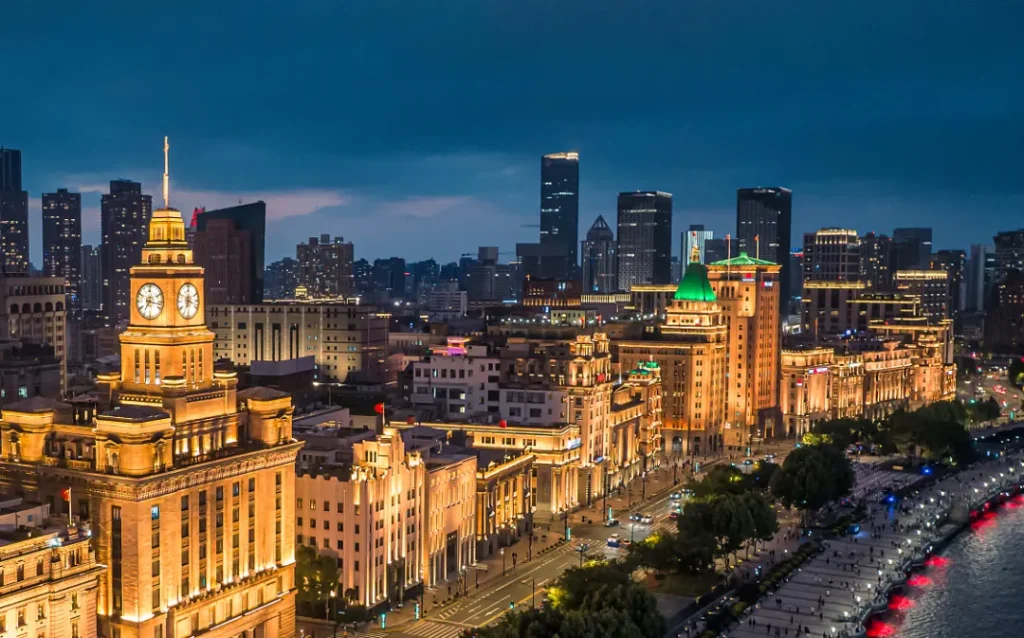
The Bund and Shiliupu Dock
The Bund Shanghai (外滩) is one of Shanghai’s most iconic sights, often called an “Exhibition of International Architecture.” Take Metro Line 10 to “Yuyuan Garden Station” (豫园站), Exit 1, and it’s about a 10-minute walk to The Bund’s Shiliupu Dock (十六铺码头). Many buses also go to The Bund area, like routes 251, 868, etc.
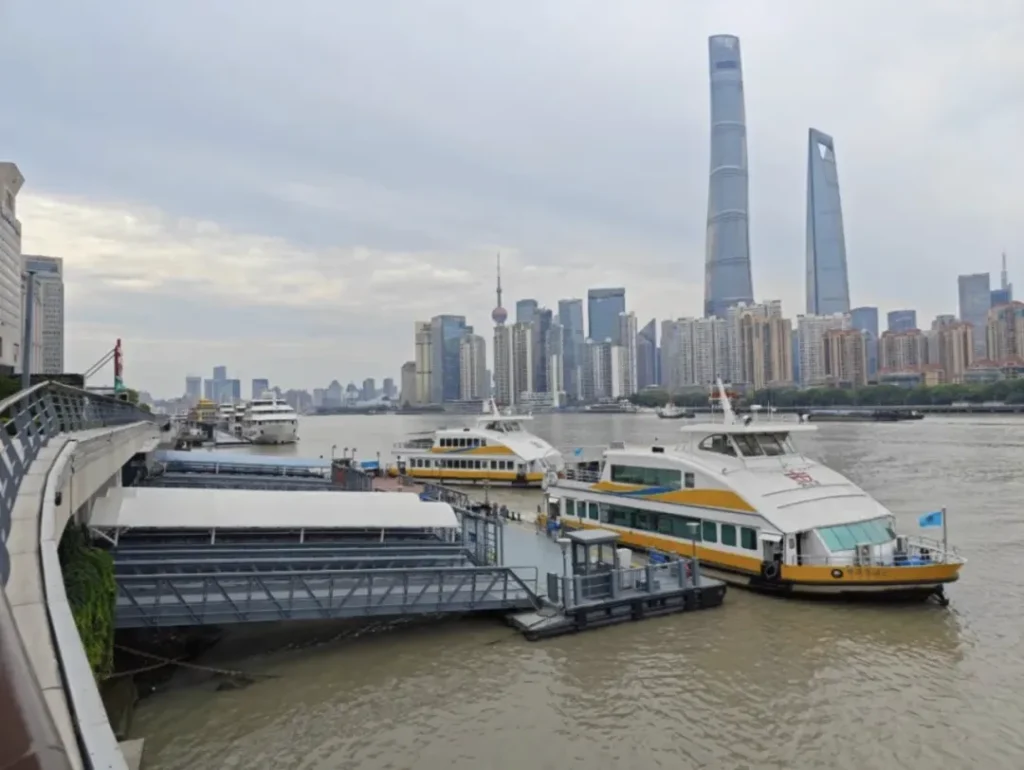
Huangpu River Cruises
The Huangpu River (黄浦江) is Shanghai’s mother river, and a river cruise is a fantastic way to see the city skyline. Main docks include Shiliupu Dock (十六铺码头) and Dada Wharf (大达码头). The “Qingjiangyou” (清江游) cruise from Dada Wharf offers stunning views of The Bund’s international architecture on the Puxi (浦西) side and the Lujiazui (陆家嘴) financial center skyscrapers on the Pudong (浦东) side.
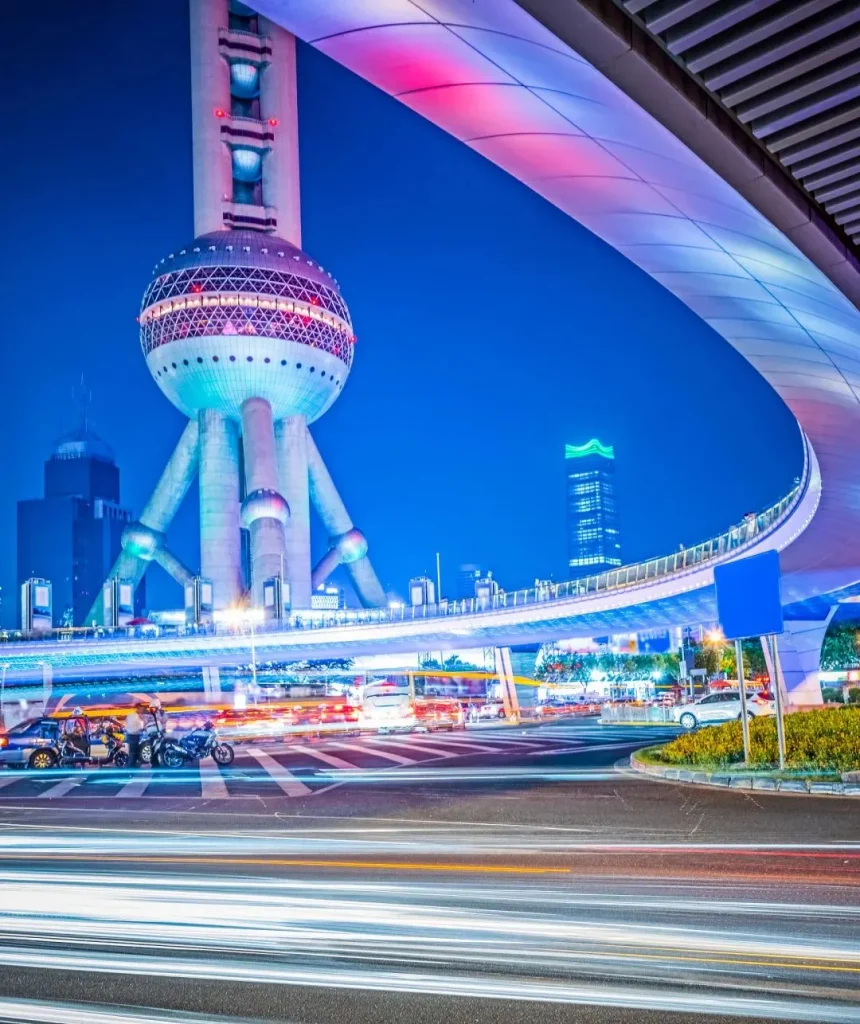
Lujiazui Financial District
Lujiazui (陆家嘴) is Shanghai’s financial heart and a symbol of its modernity. Iconic buildings here include the Oriental Pearl Tower (东方明珠塔), Shanghai Tower (上海中心大厦), and more. You can easily get there by taking Metro Line 2 to “Shanghai Science & Technology Museum Station” or “Guanglan Road Station,” or Line 4 to “Pudong Avenue Station.”
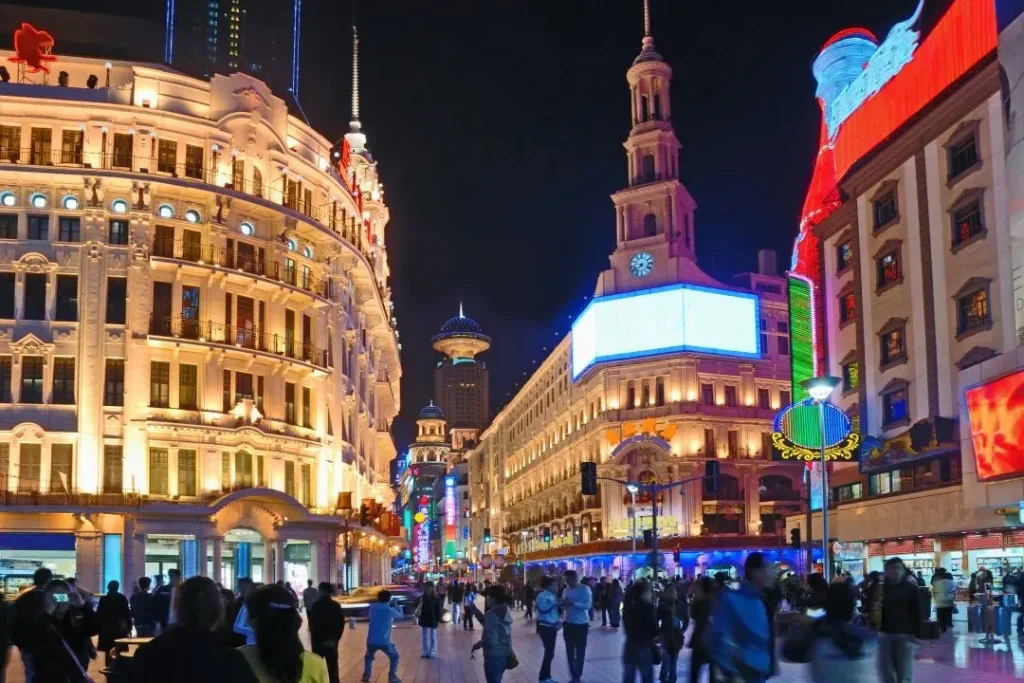
Nanjing Road Pedestrian Street
Nanjing Road Pedestrian Street (南京路步行街) is one of Shanghai’s most famous shopping streets and a must-visit for shopping and leisure. Take Metro Line 2 or 12 to “Nanjing East Road Station.” Many bus routes also pass by, making it very accessible.
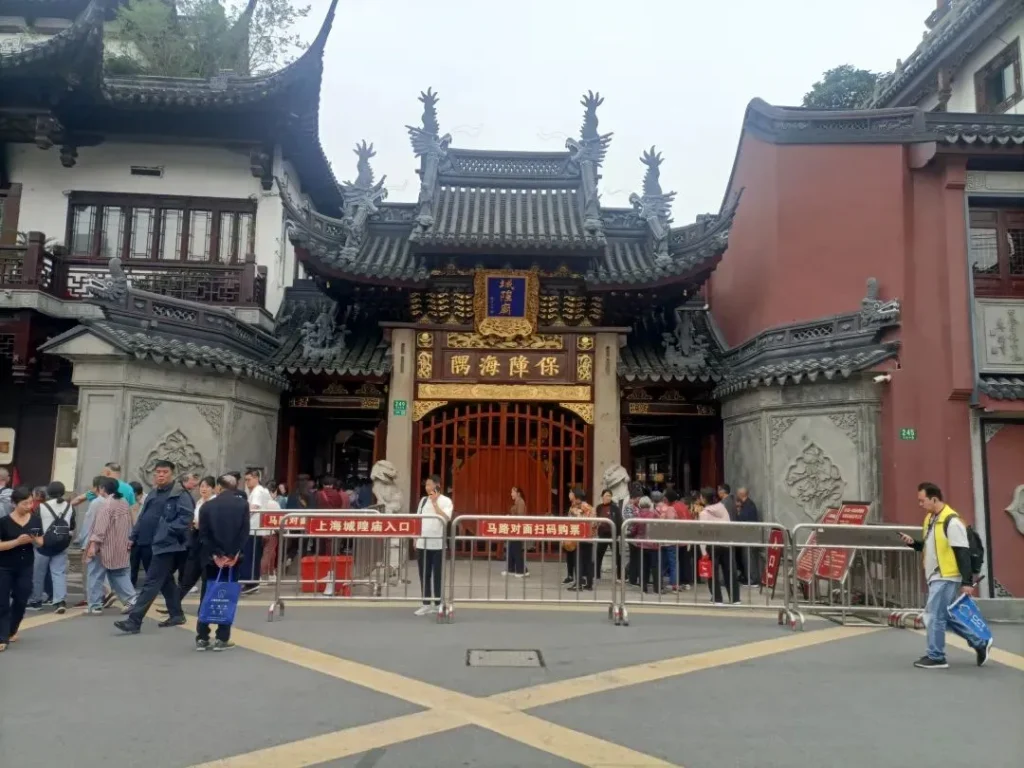
Yuyuan Garden and City God Temple
Yuyuan Garden (豫园) is a masterpiece of classical Chinese garden art, and the City God Temple (城隍庙) area is a great place to experience traditional Shanghai snacks and culture. Take Metro Line 10 to “Yuyuan Garden Station.” Several bus routes, like 26 and 33, also stop nearby.
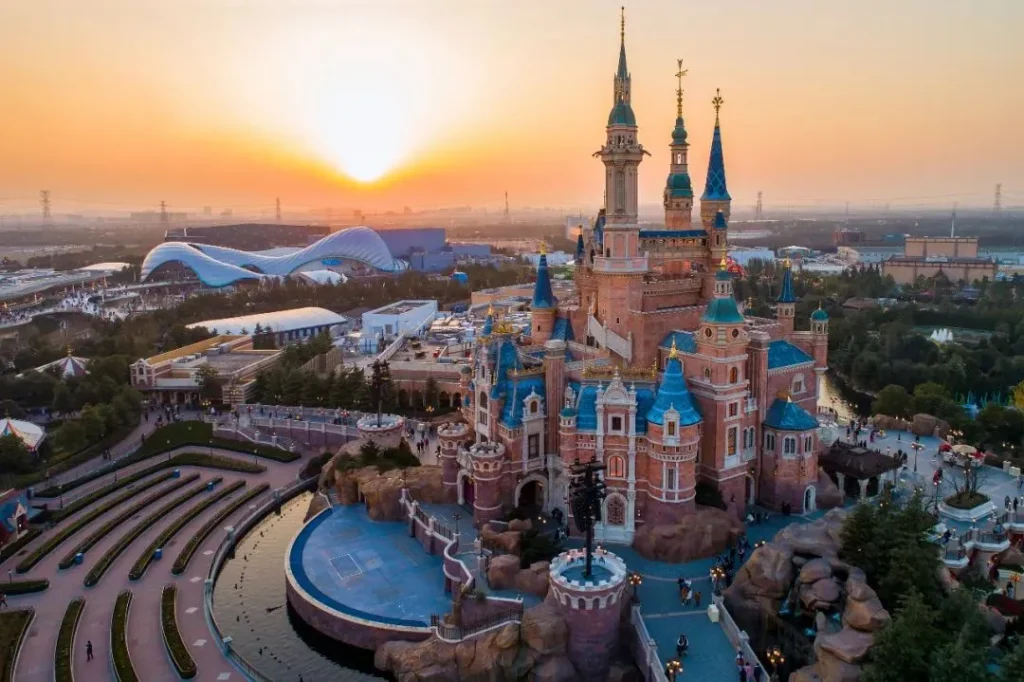
Shanghai Disney Resort
Shanghai Disney Resort is Asia’s third and the world’s sixth Disney theme park. Take Metro Line 11 directly to “Disney Resort Station.” Several bus routes and dedicated shuttle buses also go to the resort.
Airport to City Connections
Shanghai has two main airports: Pudong International Airport (PVG) and Hongqiao International Airport (SHA). Both have multiple transport options to the city center.
Pudong International Airport (PVG) Transport
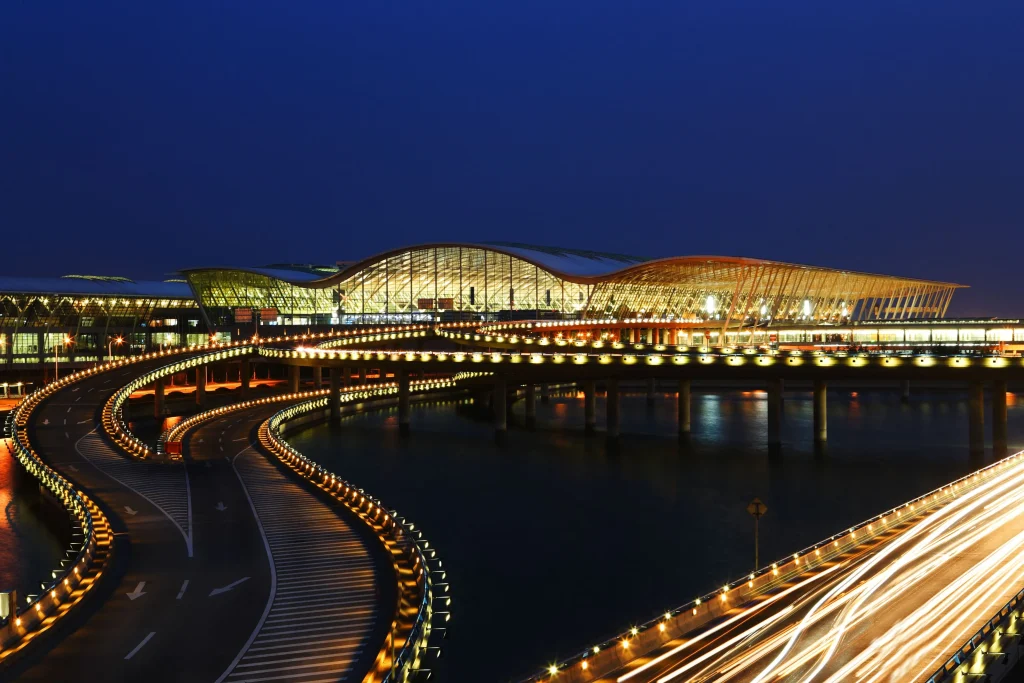
Pudong Airport (PVG airport) is Shanghai’s main international air hub, with several ways to get downtown:
- Metro Line 2: Pudong Airport Station is the terminus for Line 2, which takes you directly to the city. It’s one of the quickest ways.
- Maglev Train: The Maglev connects PVG airport to the city, reaching speeds of 430 km/h (267 mph). The journey takes only about 8 minutes – great if you’re in a hurry.
- Airport Buses: Pudong Airport has various bus routes to key city destinations like The Bund Shanghai, Lujiazui, and Shanghai Railway Station. Tickets are relatively cheap.
- Taxis and Ride-hailing: Taxis and ride-hailing services from Pudong Airport are convenient but more expensive. Note: Ride-hailing services are prohibited from picking up passengers directly at PVG airport; you’ll need to use official taxis or book a ride-hail from the city to the airport.
Hongqiao International Airport (SHA) Transport
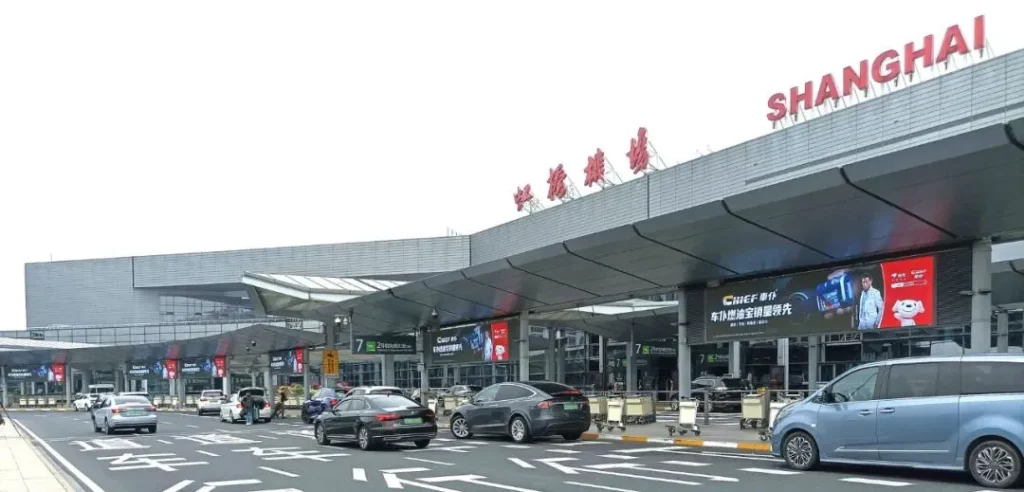
Hongqiao Airport mainly serves domestic and some international flights, and is also well-connected:
- Metro Line 10: Hongqiao Airport Terminal 1 has a Line 10 station, offering direct access to Hongqiao Railway Station and other city locations. It also connects Terminals 1 and 2.
- Metro Line 2: Hongqiao Airport Terminal 2 has a Line 2 station, another convenient option for getting downtown.
- Airport Buses: Hongqiao Airport has an extensive bus network, with routes passing Pudong Airport, Shanghai Railway Station, The Bund Shanghai, and more.
- Connecting Shuttle Line: A special shuttle line connects Hongqiao Hub West Transportation Center, Shanghai South Railway Station South Square, Shanghai Railway Station North Square, and other key points.
Taxis and Ride-Hailing Services
Taxis and ride-hailing are widespread in Shanghai, offering flexible travel options.
Traditional Taxis
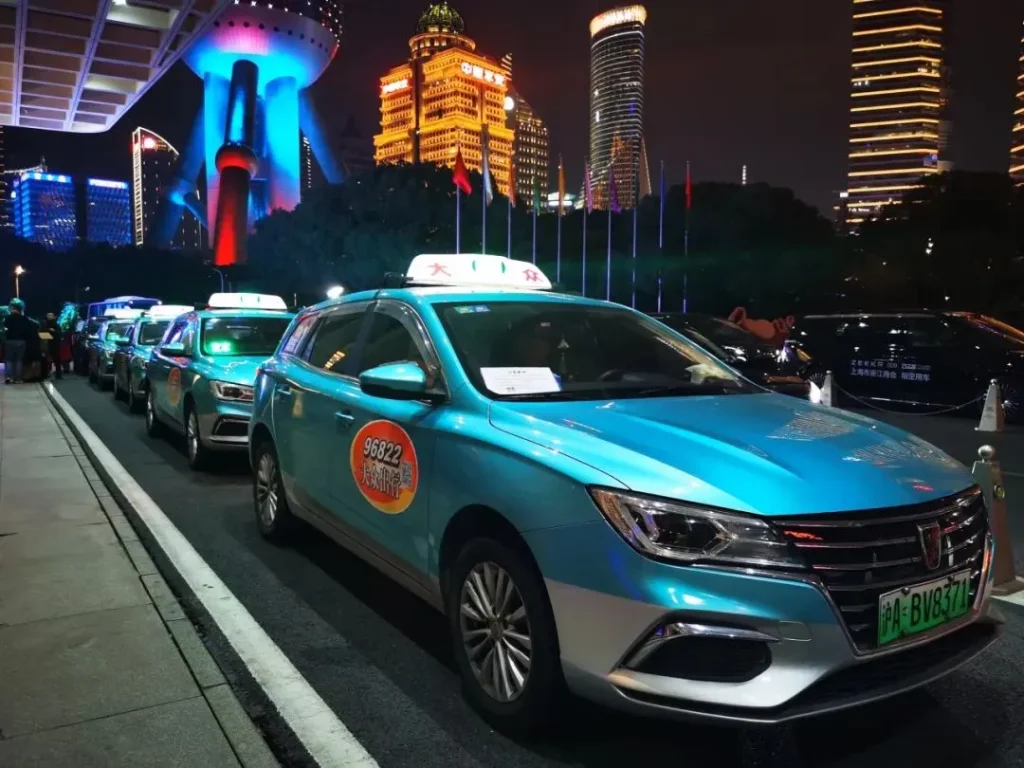
Shanghai has many taxi companies, like Dazhong (大众), Qiangsheng (强生), and Haibo (海博). Taxis usually operate within the city, and fares are based on distance and time. There’s a surcharge from 11 PM to 5 AM. Meters are clearly displayed.
Ride-Hailing Services

Platforms like Didi Chuxing (滴滴出行) and Cao Cao Mobility (曹操出行) are popular. They have English versions of their apps, but foreign tourists might encounter minor issues. For example, some tourists using the English Didi app have set their pickup location on a yellow-lined (no stopping) roadside, and drivers, to avoid fines, have to stop on a non-yellow-lined section nearby.
Airport Taxis
Taxis from the city to the airports are convenient but relatively pricey. Remember, ride-hailing pick-ups are banned at PVG airport, but not at Hongqiao.
Getting Around for Huangpu River Sightseeing
The Huangpu River is Shanghai’s lifeline, and a boat tour is a great way to see the city.
Huangpu River Cruises
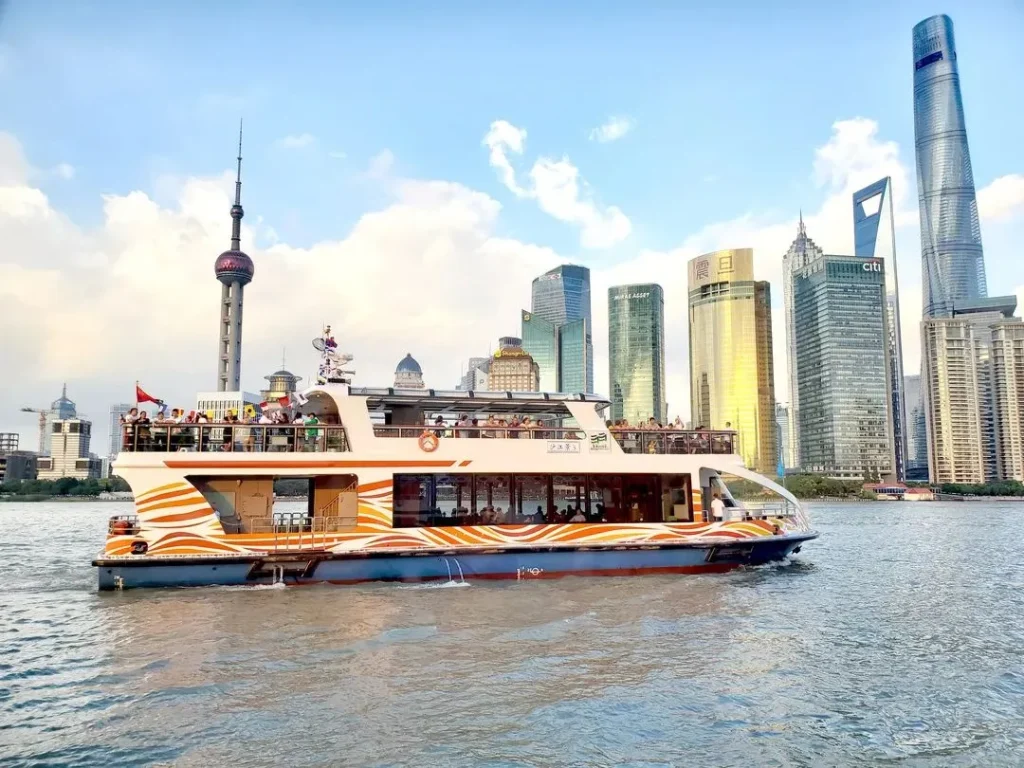
Cruises departing from Dada Wharf (大达码头) head north, offering views of The Bund Shanghai‘s famous architecture and Lujiazui’s skyscrapers, including the prominent Shanghai Tower. Main docks include Shiliupu Dock (十六铺码头) and Dada Wharf. You can reach Shiliupu Dock by taking Metro Line 10 to “Yuyuan Garden Station” (Exit 1) and walking for about 10 minutes.
Water Buses
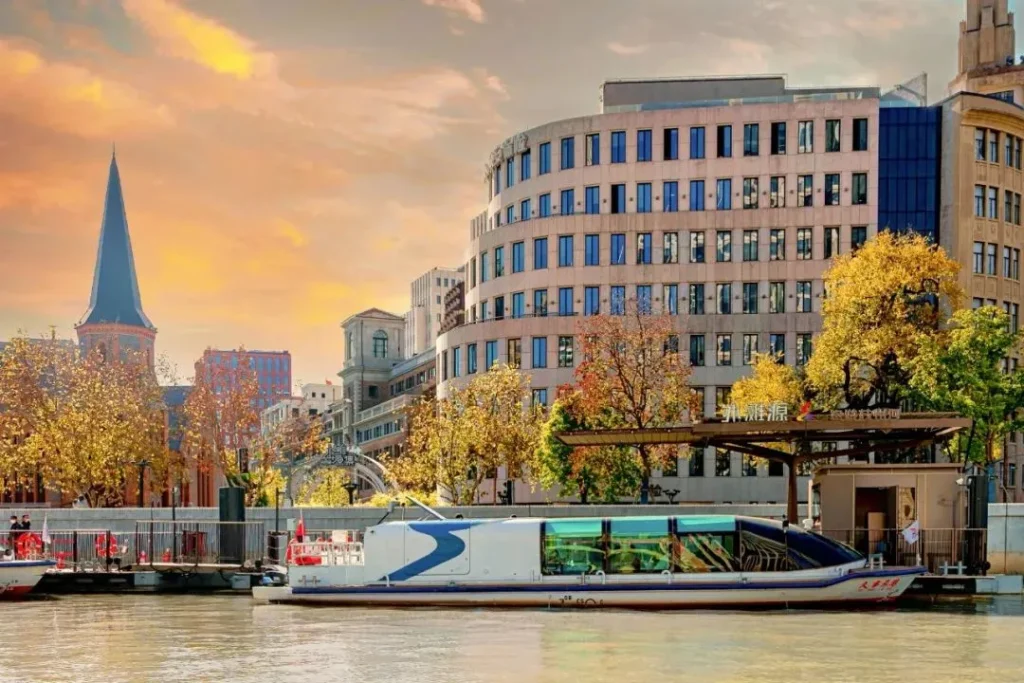
Shanghai also has water bus services connecting various docks along the Huangpu River. They’re cheap and a nice way to experience the city’s water culture.
Direct Buses
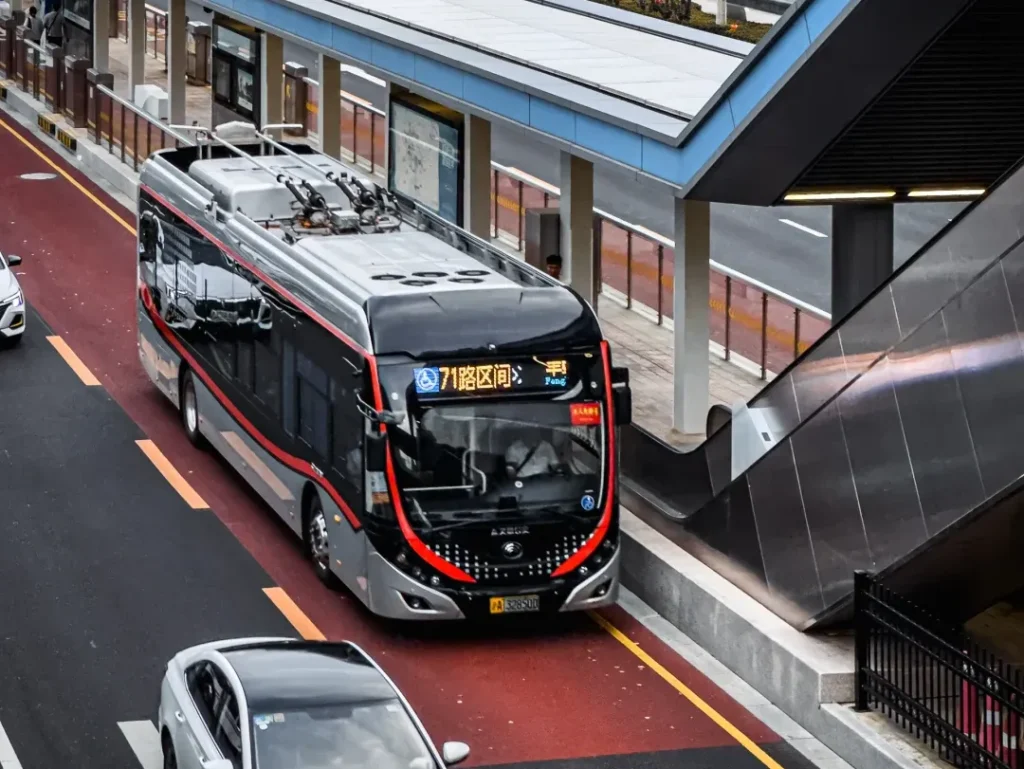
Some bus routes, like 251 and 868, go directly to major spots along the Huangpu River.
What If You Don’t Speak Chinese?
Shanghai’s public transport system has several features to help non-Chinese speaking visitors:
English Signs in Public Places
Major public places and transport facilities in Shanghai have English signs, like at metro stations (directions, train arrival info, ticket machines). While English signage is quite comprehensive, authorities are continually working to standardize translations to better suit international visitors’ understanding.
Multilingual Support in Mobile Payment Apps
Major mobile payment apps like Alipay and WeChat Pay offer multilingual versions (English, Japanese, Korean, etc.). Their interfaces are user-friendly, so even if you don’t know Chinese, you can operate them easily.
Translation Devices and Apps
Some key service points, like airports and train stations, are equipped with translation devices that can translate multiple languages in real-time. For instance, staff at Shanghai airports have translators capable of handling 80 languages.
Tour Guides and Translation Services
If you want a deeper understanding of Shanghai’s culture and history, consider hiring a professional tour guide or using translation services. Shanghai offers professional English-speaking tour guides and day-tour packages, and some attractions provide English guidebooks.
Important Tips for Getting Around Shanghai
Keep these points in mind for a smooth trip in Shanghai:
- Avoid Rush Hour: Shanghai’s metro is extremely crowded during morning (7:30-9:00 AM) and evening (5:30-7:30 PM) peak times. Try to travel outside these hours.
- Carry Some Cash: While mobile payments are widely accepted, it’s wise to have some cash on hand, as some small stalls or older facilities might only accept cash. Also, some transport like buses might require exact change if you’re not using a card.
- Mind the Gap: On Shanghai metro trains, you’ll often see a yellow triangular sign on the doors saying “小心站台间隙 TAKE CARE OF THE GAP.” While the English isn’t perfect (“take care of” usually means “to look after”), it’s a reminder to be careful of the gap between the platform and the train to prevent accidents.
- Allow Plenty of Time Before Travel: Whether you’re catching a train or a plane, always leave ample time. If flying, keep an eye on the weather, as bad conditions can affect flights.
- Manage Your Transportation Card Balance: If you’re using a Shanghai Public Transportation Card, make sure you have enough balance. If it’s insufficient, you won’t be able to pass through ticket gates or board buses, and you’ll need to top it up or buy a single ticket.
Best Transport Options for Different Types of Travelers
Here are some recommendations based on different travel needs and the many things to do in Shanghai:
- Solo Short-Term Travelers (e.g., 3 days, 2 nights): Get a three-day pass (47.8 RMB) + use mobile payments. The pass offers unlimited rides on buses, metro, and ferries, great for a short stay. Mobile payments cover other small expenses.
- Families Traveling Together: Get a seven-day pass (85.8 RMB per person) + use transportation cards or mobile payments. The seven-day pass is economical for a week-long stay. Each family member having a pass is convenient.
- Business Travelers: Use mobile payments or a transportation card + taxis or ride-hailing. Business trips often have tight schedules, and metro/bus might not be flexible enough. Use cards/mobile for the metro, and taxis/ride-hailing for the last mile.
- In-Depth Explorers: Get a transportation card + use various transport modes. If you plan to explore Shanghai thoroughly, a transportation card for the metro and buses is the most economical. You can also mix in ferries, trams, etc., for a richer experience.
- Senior Travelers: Get a transportation card + use buses and metro. Seniors might prefer the convenience and comfort of buses and the metro. Transportation cards are easy to use, especially for those unfamiliar with mobile payments.
As an international metropolis, Shanghai offers a convenient and diverse public transportation system that caters to all kinds of travelers. From the metro and buses to taxis and ride-hailing, and from airport transport (including connections from PVG airport) to dedicated tourist lines, Shanghai’s network has you covered when you’re looking for things to do in Shanghai.
For first-time overseas visitors, we recommend familiarizing yourself with Shanghai’s transport system beforehand, downloading some mobile navigation apps, and getting a suitable transportation card or pass. Also, try to avoid peak travel times, carry some cash, and have a translation tool handy. These tips will help you have a more enjoyable and smoother travel experience in Shanghai.
